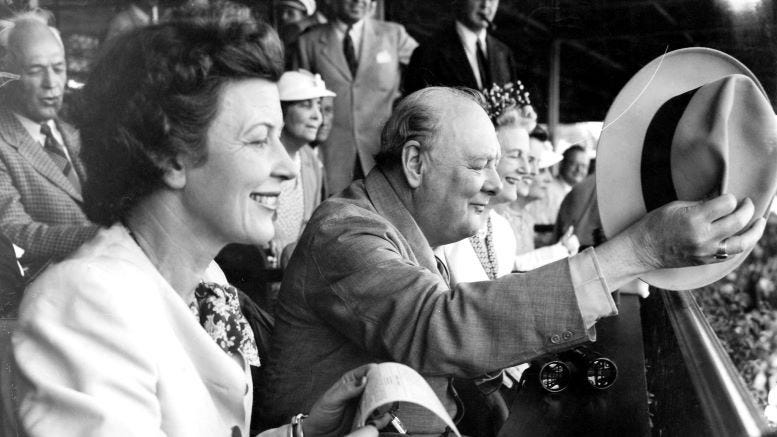Winston Churchill’s South Florida Visit in 1946 – Part 1 of 2
Winston Churchill's visit to South Florida in 1946. This two-parts series chronicles the great statesman's stay in Miami Beach and activities around the Greater Miami area.
As Winston Churchill flew back from Potsdam, Germany, on July 25, 1945, he was expecting to learn that his Conservative Party had retained the majority in parliament and that he would remain as Prime Minister for four more years. The general election, held on July 5, 1945, was the first one of its kind held in ten years as elections were suspended in 1939 due to the outbreak of World War II at which time England was run by a coalition government from 1940 - 1945, headed by Winston Churchill as Prime Minister.
Following the surrender of the Germans on May 7, 1945, the Allied powers began to plan for the terms of peace and how Europe will be settled moving forward. This was done as part of the Potsdam Conference, held in Potsdam, Germany, from July 17th to August 2nd of 1945. While the other leaders of the Allied powers continued to negotiate the terms of German surrender and plan out the future of Europe, Churchill had to return to England to learn of the results of the election for what he thought would be a celebration of reelection. The final count of all ballots was delayed as the votes cast by soldiers deployed out of the country were still being returned to the UK for weeks beyond election day.
The Conservative Party ran on the theme of “Let him finish the job”, while the Labour Party focused on social reform and provided a plan to return to full employment. In one of the biggest electoral swings in the country’s history, and as a surprise to many around the world, it was the Labour Party who won the general election decisively. This meant that Churchill was out as the leader of England, and the Labour Party’s candidate, Clement Attlee, was sworn in as the new Prime Minister. Shortly after making things official, Attlee left for Germany to represent England for the remainder of the Potsdam Conference.
After more than five years as a wartime Prime Minister, and following a bitterly disappointing general election, Winston Churchill was exhausted. During a routine physical conducted after the election results were announced, Winston’s doctor noted that he was in poor health and recommended he take an extended holiday to relax and recuperate. He took his doctor’s advice and chose South Florida as his destination to rest and unwind.
Keep reading with a 7-day free trial
Subscribe to Miami History to keep reading this post and get 7 days of free access to the full post archives.





